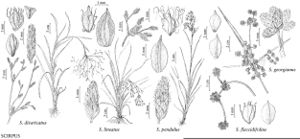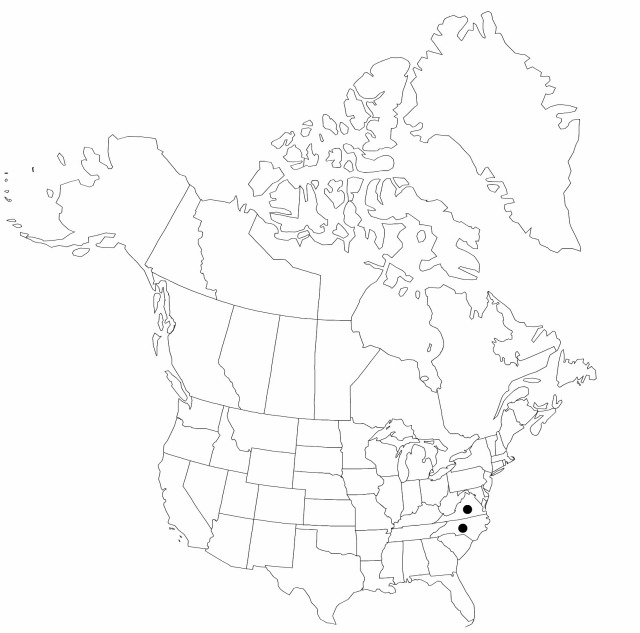Difference between revisions of "Scirpus flaccidifolius"
Rhodora 69: 198. 1967.
imported>Volume Importer |
imported>Volume Importer |
||
| Line 64: | Line 64: | ||
|publication year=1967 | |publication year=1967 | ||
|special status=Illustrated;Endemic;Conservation concern | |special status=Illustrated;Endemic;Conservation concern | ||
| − | |source xml=https:// | + | |source xml=https://bitbucket.org/aafc-mbb/fna-data-curation/src/2e0870ddd59836b60bcf96646a41e87ea5a5943a/coarse_grained_fna_xml/V23/V23_7.xml |
|genus=Scirpus | |genus=Scirpus | ||
|species=Scirpus flaccidifolius | |species=Scirpus flaccidifolius | ||
Latest revision as of 20:42, 5 November 2020
Plants cespitose; rhizomes short, tough, fibrous. Culms: fertile ones lax, reclining, inflorescences lopping over to (or nearly to) ground; nodes without axillary bulblets. Leaves 7–11 per culm; sheaths of proximal leaves light brown or whitish; proximal sheaths and blades with septa few to many, conspicuous or not; blades 30–63 cm × 9–14 mm. Inflorescences terminal, rarely also with 1 lateral inflorescence from distal leaf axil; rays ascending or divaricate (usually both in same inflorescence), proximal branches smooth, distal branches smooth or scabrellous, rays often bearing axillary bulblets; bases of involucral bracts green or margins brown or at least speckled with red-brown, not glutinous. Spikelets in dense clusters of 3–19 (largest cluster with 12 or more), spikelets sessile, ovoid or broadly ovoid, 3–4 × 2–3 mm; scales blackish with pale midribs, elliptic or broadly elliptic, 1.3–1.9 mm, apex mucronate, mucro 0.1–0.2 mm. Flowers: perianth bristles persistent, 6, slender, straight or curved, shorter than to slightly exceeding achene, with retrorse, thin-walled, round-tipped barbs in distal 0.2–0.5, enclosed within scales; styles 3-fid. Achenes almost white, elliptic or obovate in outline, plano-convex or plumply trigonous, 1–1.2 × 0.4–0.6 mm. 2n = 54.
Phenology: Fruiting late spring–early summer (Jun).
Habitat: Wooded bottomlands
Elevation: 10–20 m
Discussion
Of conservation concern.
Scirpus flaccidifolius is the most distinctive member of the S. atrovirens complex. The structure of the inflorescence is similar in all of these species, with a few long, nearly erect rays and many shorter, spreading to reflexed rays. The length of the rays is very variable in S. flaccidifolius, as in related species, but they may be very long in S. flaccidifolius, with the long, erect rays often being 15 cm or more (rarely to 25 cm).
Scirpus flaccidifolius is known from only six populations in its very limited range (less than 100 km across). It is very tolerant of human disturbance and does not seem to be declining.
Selected References
None.

